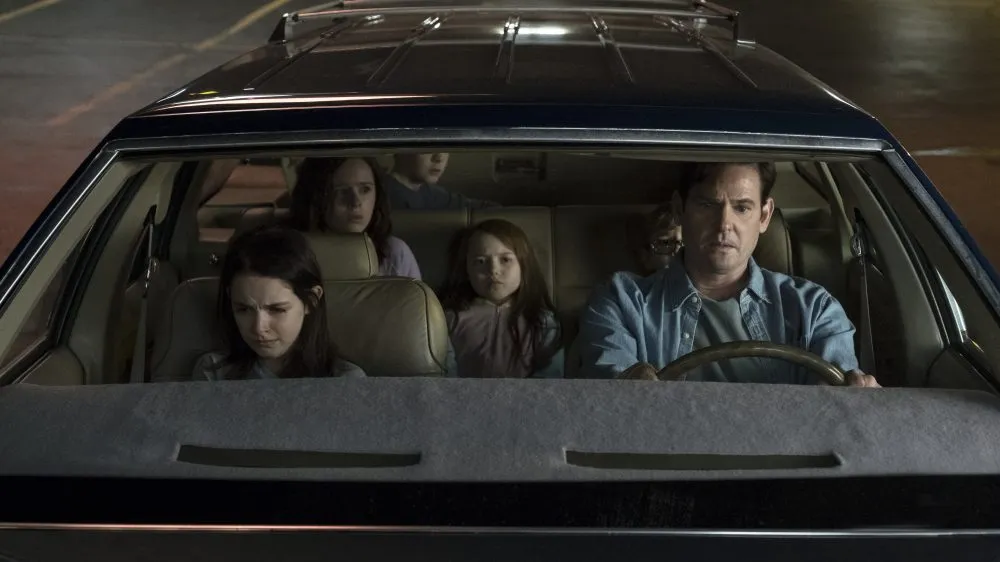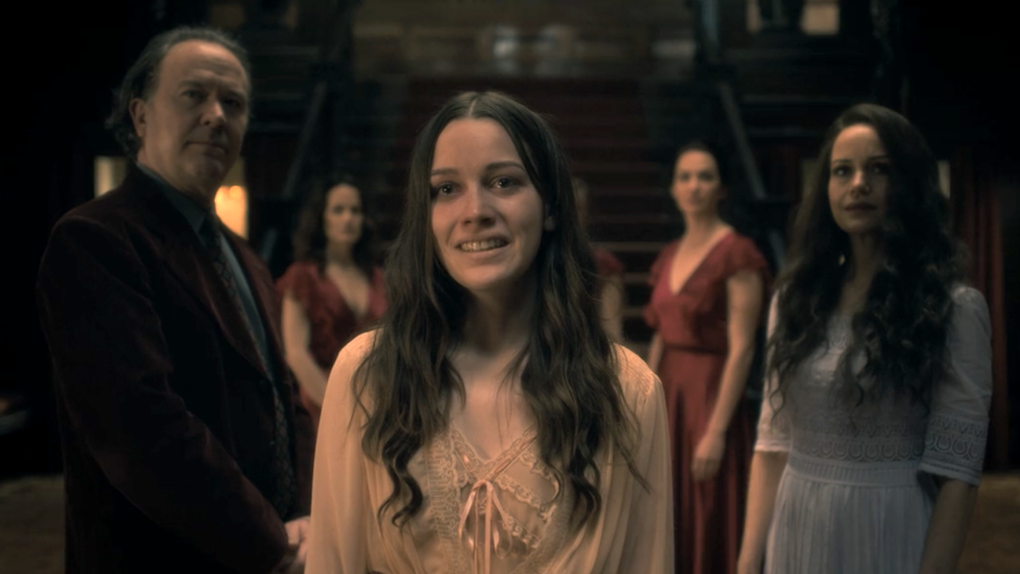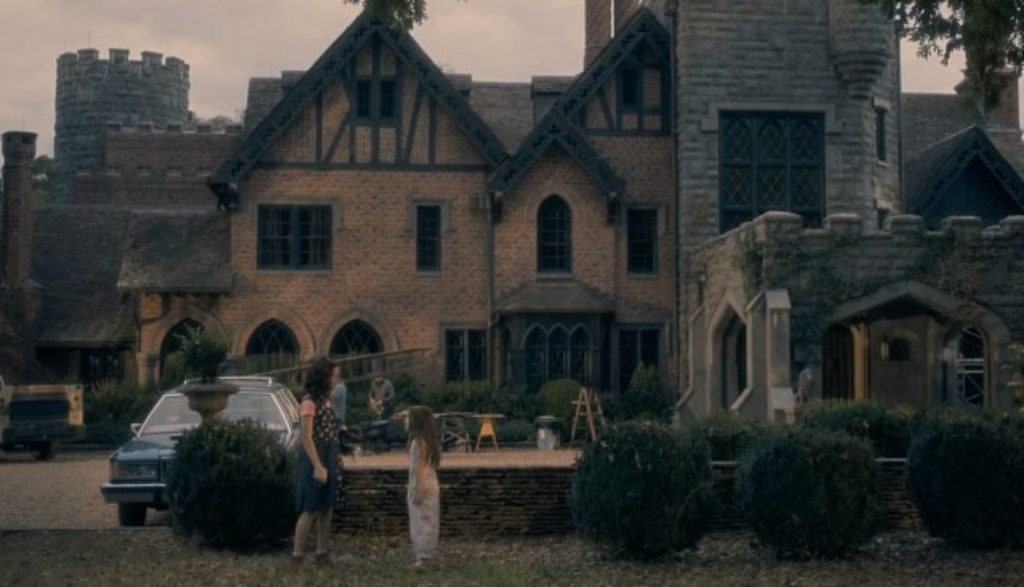The Visual Poetry of ‘The Haunting of Hill House’

‘The Haunting of Hill House,’ a masterpiece of modern horror, is a kaleidoscope of visual poetry that goes beyond the traditional boundaries of horror. Created by Mike Flanagan, this Netflix series is a haunting symphony of shadows, angles, and meticulously crafted visuals that elevate it to the realm of cinematic art.
One of the most striking elements of the show is its masterful use of cinematography. The camera becomes a silent observer, navigating the labyrinthine corridors of Hill House with a keen eye for detail. The play of light and shadow is choreographed with precision, creating an atmosphere that is both eerie and mesmerizing. Each frame is a carefully composed painting, evoking a sense of foreboding that lingers long after the screen goes dark.

The show’s non-linear narrative adds another layer to its visual poetry. Time is a fluid entity in Hill House, and the cinematography reflects this fluidity. Flashbacks and present-day scenes seamlessly blend, creating a visual mosaic that mirrors the fractured psyche of the characters. It’s a narrative technique that demands the viewer’s attention, inviting them to unravel the mysteries of the past and present in tandem.
The use of symbolism in ‘The Haunting of Hill House’ is nothing short of brilliant. From the recurring motif of the red room to the hidden ghosts scattered throughout the frames, every visual element serves a purpose. The red room, with its ever-shifting nature, becomes a metaphor for the characters’ psychological turmoil, a space where reality and illusion intertwine.
The ghosts, often camouflaged in the background, embody the lingering trauma that haunts the Crain family.

The show’s colour palette is a study in contrast, with muted tones dominating the present-day scenes and vibrant hues infusing life into the past. This deliberate choice not only distinguishes the timelines but also reflects the emotional weight carried by each era. The cold blues and greys of the present convey a sense of desolation, while the warm, golden tones of the past evoke a nostalgia-tinged with tragedy.
The architecture of Hill House itself is a character in the visual narrative. The imposing mansion, with its grandeur and decay, serves as a metaphor for the family’s fractured history. The intricate details of the house, from the ornate mouldings to the ominous statues, add layers of meaning to the visual storytelling. Every room becomes a stage where the characters confront their deepest fears, and every corridor a pathway to revelation.

The framing of characters within the scenes is a testament to the show’s visual prowess. Faces half-shrouded in darkness, lingering close-ups and reflections in mirrors create an unsettling intimacy. The camera captures not just the characters’ physical presence but delves into the recesses of their emotions. It’s a dance between the seen and the unseen, a visual poetry that heightens the psychological horror at the core of the narrative.
Its cinematography, narrative structure, symbolism, and use of colour create a symphony of visuals that resonates long after the credits roll. In the dark corridors of Hill House, horror becomes poetry, and every frame is a brushstroke on the canvas of fear.








